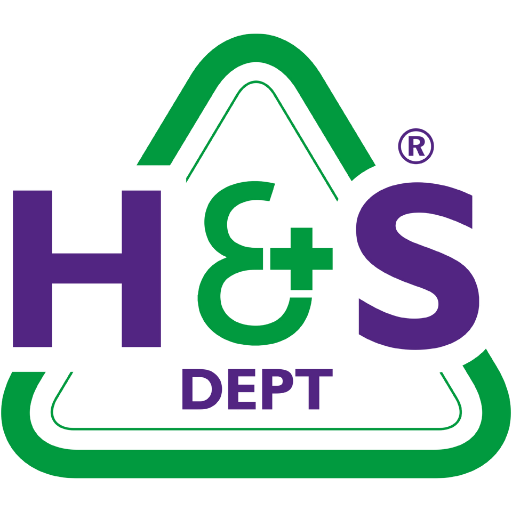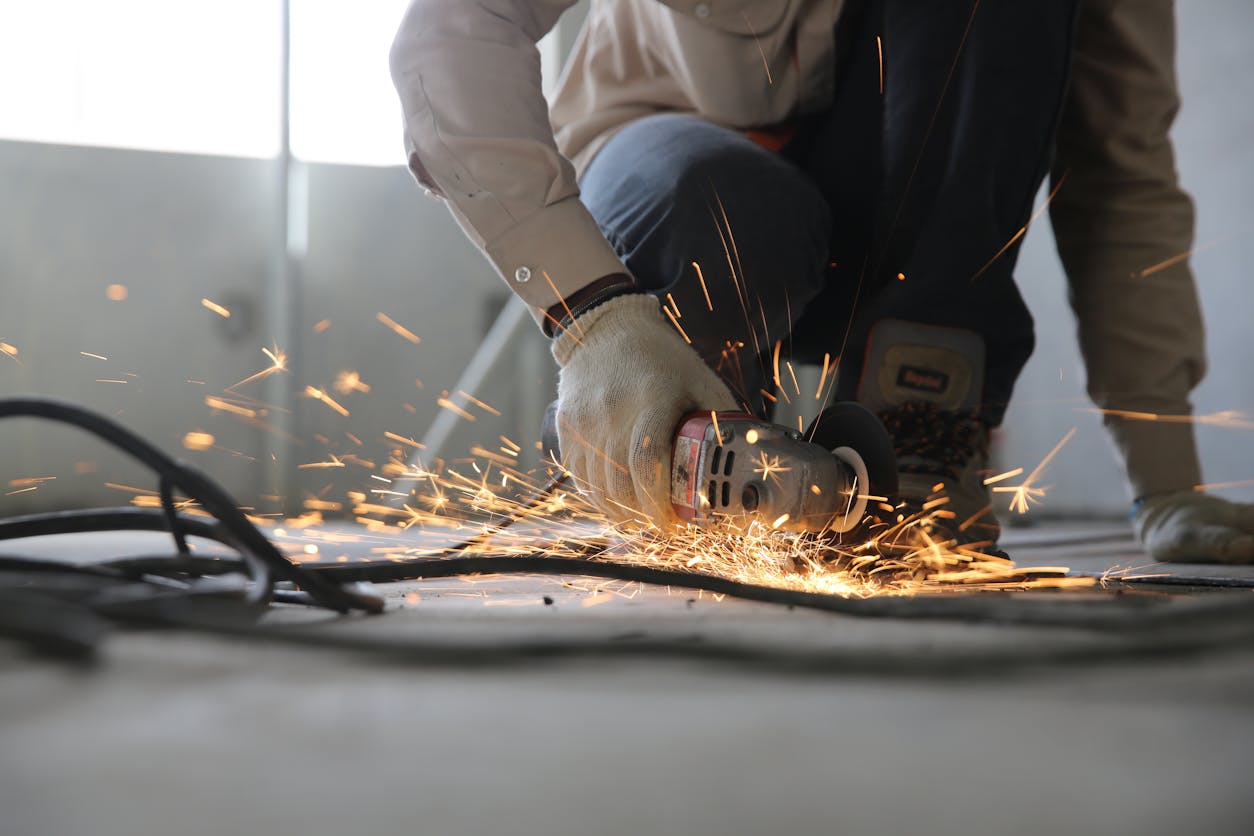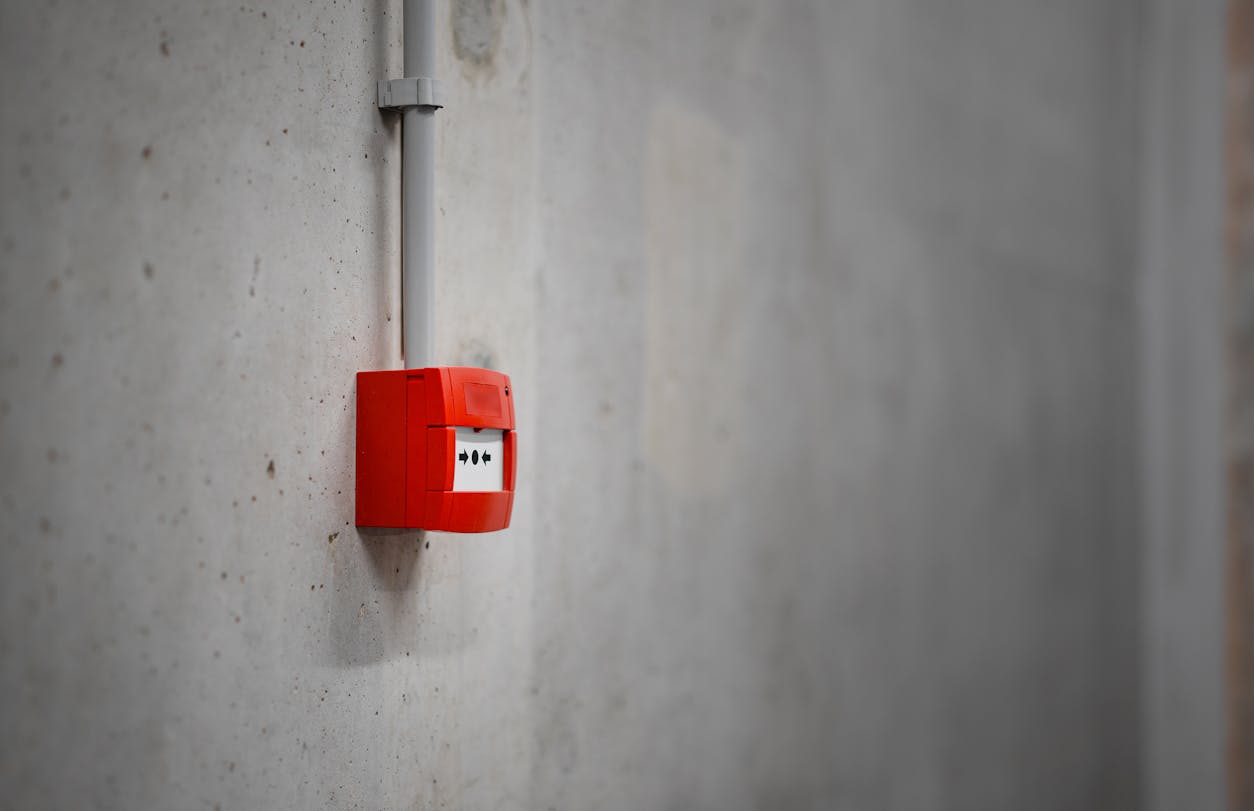Whether you’re fitting out an office, running a busy school, or managing a healthcare clinic, there’s one thing you can’t afford to ignore: keeping people safe while work gets done. It’s a big responsibility – and that’s where RAMS documentation comes into play. You might have heard the term before, but what does it really mean in practice? And where do Method Statements fit in?
Let’s break it down.
What is a Method Statement?
A Method Statement is essentially your safety roadmap. It works alongside a Risk Assessment to explain exactly how a task will be carried out safely, from start to finish. While your Risk Assessment identifies potential hazards, your Method Statement takes that information and puts it into action. It outlines what the job is, how it’ll be done, who’s doing it and what precautions need to be taken.
Imagine trying to build flat-pack furniture without the instructions. You might get there eventually, but not without some risk – and maybe a few screws left over. That’s what trying to carry out a job without a Method Statement can feel like. It brings clarity and structure, and above all, it helps keep people safe.
Why They Matter – Especially in High-Risk or Complex Jobs
Some tasks are straightforward. Others? Not so much. If you’re managing work at height, working with hazardous substances, or coordinating multiple contractors on-site, things can quickly become more complicated. In these cases, having a clear Method Statement isn’t just helpful – it’s essential.
Take working at height, for instance. It’s one of the most common causes of workplace accidents in the UK. A Method Statement for such a task would set out exactly how to do it safely: the equipment to use, the order of operations, safety checks, emergency procedures and the roles and responsibilities of everyone involved.
Even for jobs that seem routine, having a well-thought-out Method Statement shows you’ve taken reasonable steps to protect your team and anyone else affected by the work. And if something does go wrong, it provides a documented trail that demonstrates due diligence.
Legal Considerations and Good Practice
Now, here’s an important distinction. Method Statements aren’t always legally required in the way Risk Assessments are – but they often form part of how you comply with health and safety law. The Health and Safety at Work etc. Act 1974, along with the Management of Health and Safety at Work Regulations 1999, requires employers to assess risks and act on them. A Method Statement helps you do exactly that, and shows your work in doing so.
If you’re bidding for work, especially in construction or public sector projects, you’ll likely be asked to provide RAMS documentation upfront. In these instances, not having a solid Method Statement can cost you the contract.
Beyond legal obligations, they’re simply good practice. They show that you take safety seriously – and that you’re organised, professional and proactive.
What Makes a Good Method Statement?
It all comes down to clarity. A strong Method Statement is easy to read and follow. It doesn’t drown you in jargon or waffle – it tells you what’s happening, who’s doing it and how to do it safely. It’s also tailored to the task at hand. Copying and pasting a generic template might tick a box, but it won’t offer much protection if something goes wrong.
You’ll want to involve your team in the process, too. The people doing the work often have valuable insight into the risks and the best ways to manage them. Reviewing Method Statements regularly, especially when something changes on-site or in your procedures, also helps keep everything current and relevant.
Common Scenarios Where Method Statements Are Essential
Here are just a few examples where Method Statements make a real difference:
- Contractors working on-site at a school, where safeguarding and operational disruptions must be carefully managed.
- Refurbishment projects in clinics or healthcare centres, where hygiene and patient safety are critical.
- Routine maintenance at height, like window cleaning or installing lighting systems in office buildings.
In each of these cases, a clear plan helps everyone understand their role, stay safe and keep things running smoothly.
How The Health & Safety Dept Can Help
We understand that managing health and safety isn’t always straightforward, especially when it’s just one of many hats you wear. That’s where we come in.
At The Health & Safety Dept, we work with SMEs across different sectors to create practical, tailored RAMS documentation. We don’t just hand you a template – we take the time to understand your business, your people and your processes. Our Method Statements are written in plain English, specific to your operations and designed to help you meet both your legal duties and your day-to-day needs.
We’re here to make sure your RAMS documents aren’t just compliant – they’re useful. The kind of support that gives you peace of mind and helps you get on with running your business.
In Summary
Method Statements aren’t just paperwork – they’re a vital tool in ensuring work is carried out safely, especially when the risks are higher or the tasks are more complex. While they might not always be legally required, they’re often expected and always beneficial.
If you want to keep your team safe, stay compliant and work with confidence, it’s worth getting them right.
And you don’t have to do it alone. Get in touch with The Health & Safety Dept today – we’re here to help you take the guesswork out of safety and give you the tailored support you need.











